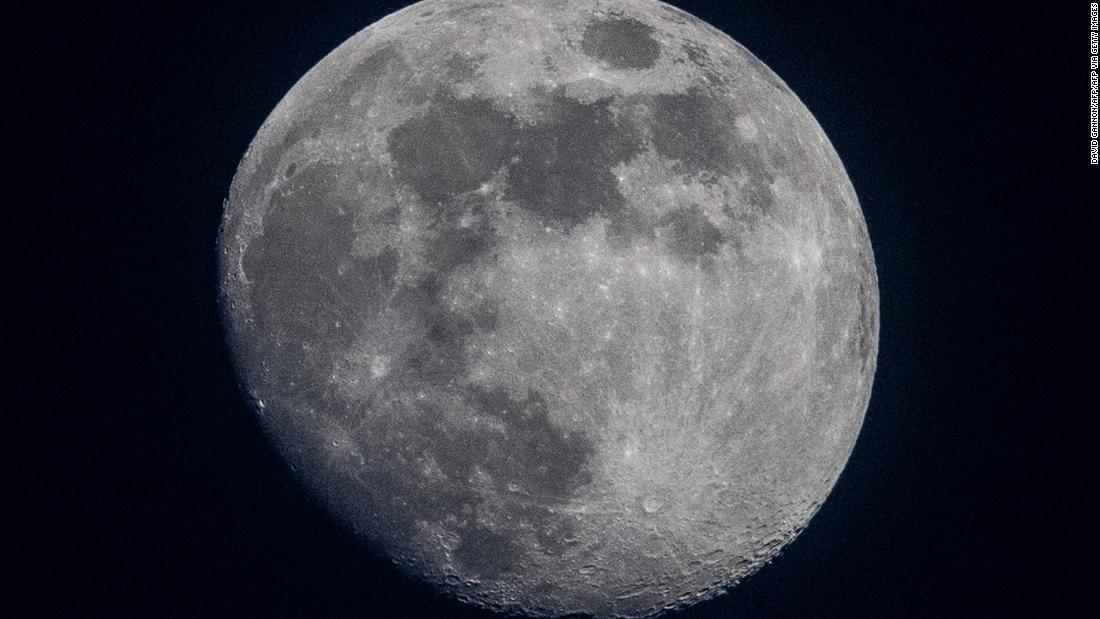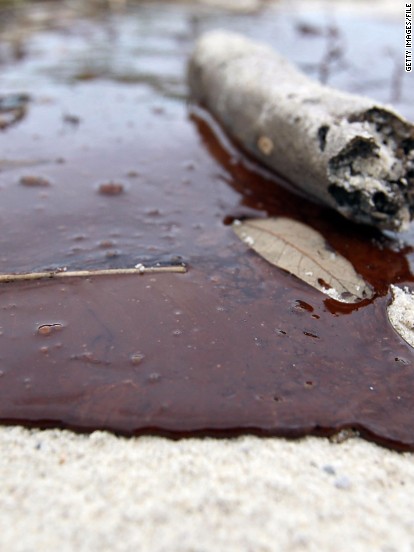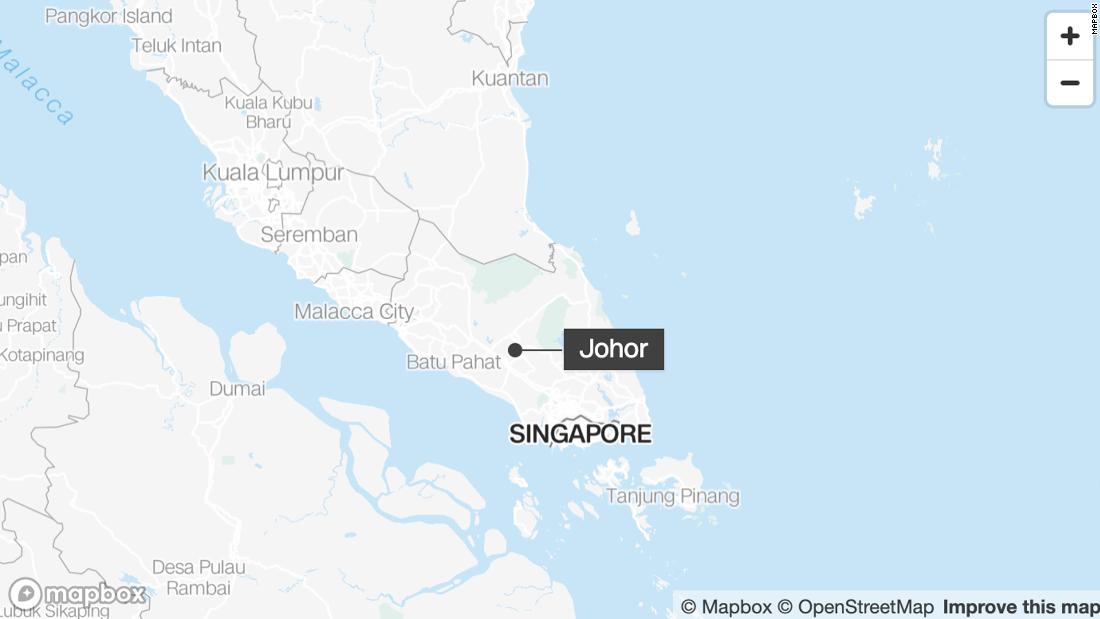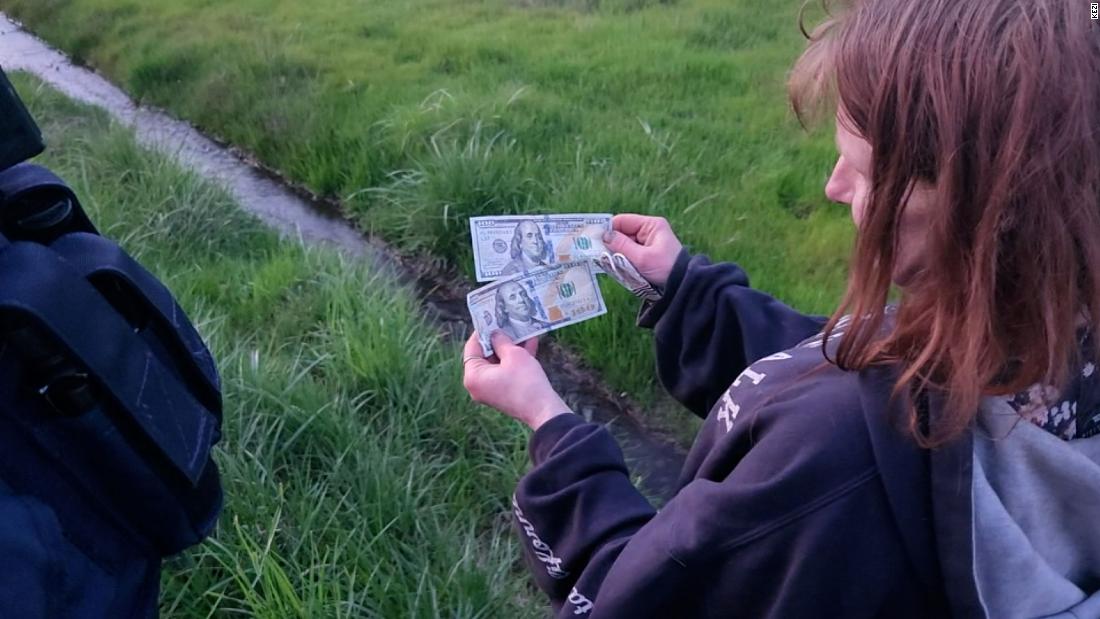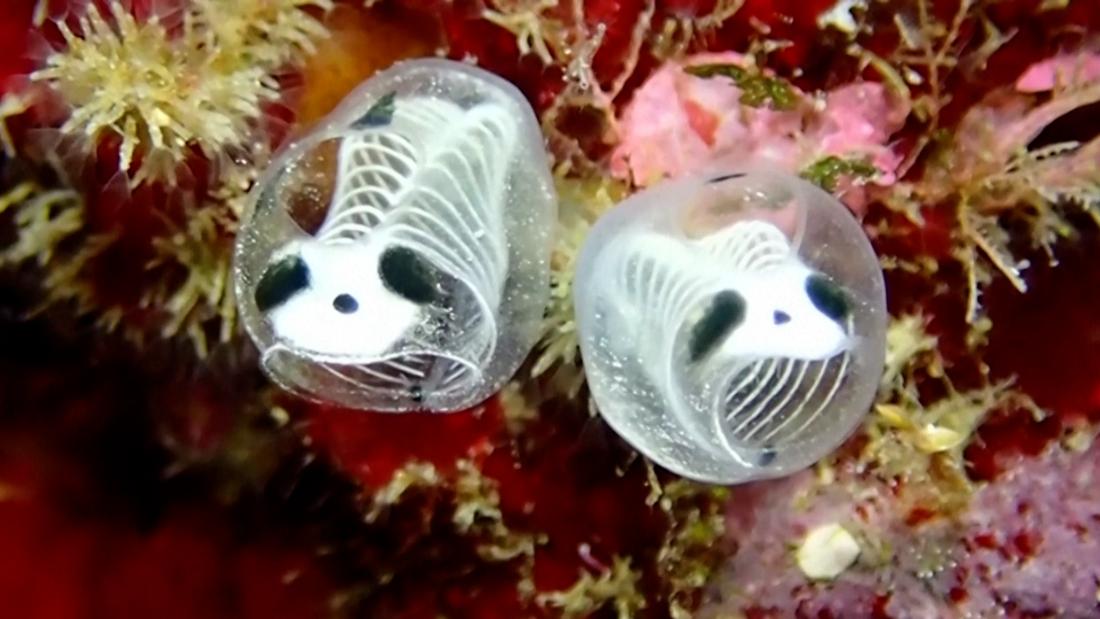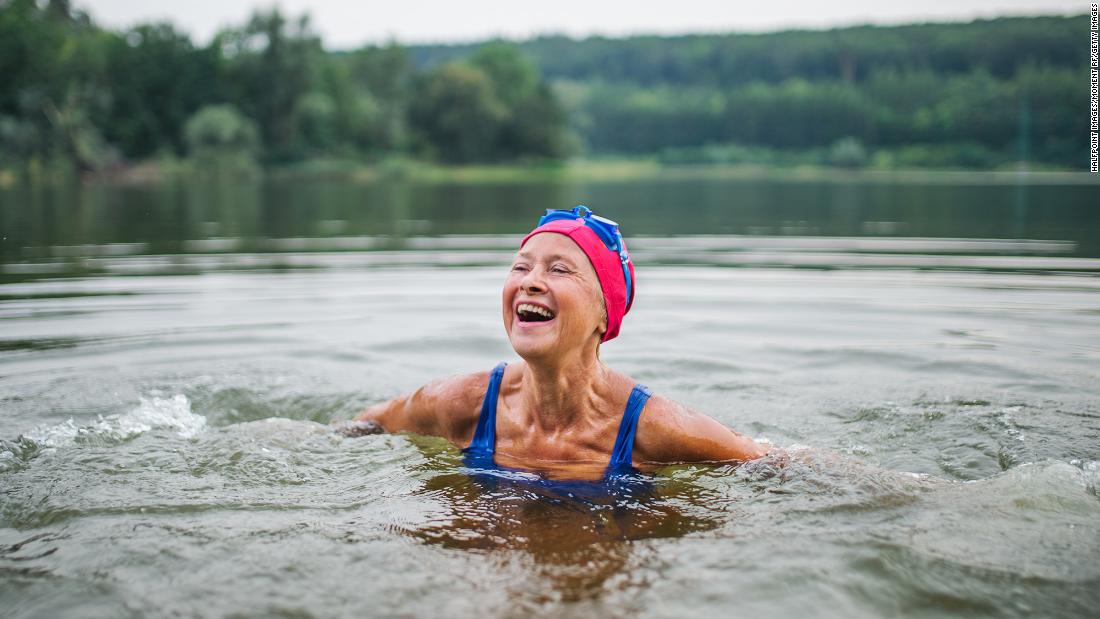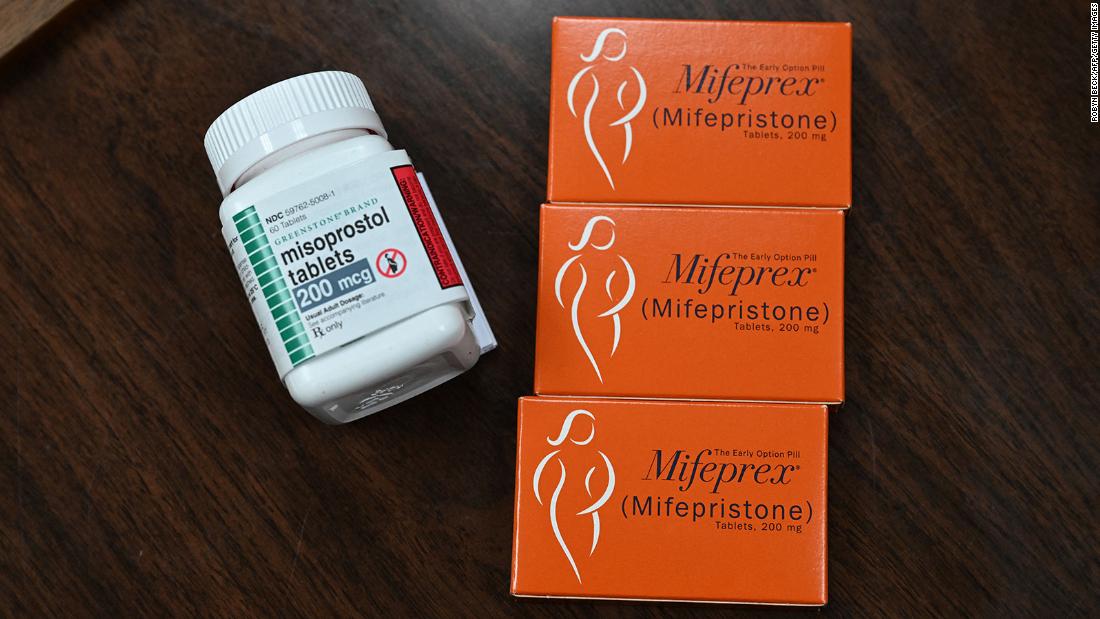THIS is the spectacular moment tens of thousands of jellyfish carpet a touristic beach in the Canaries, giving it an unusual purple-blue colour.
The small blue jellyfish washed up all over the golden sand and took locals and tourists in Gran Canaria island by complete surprise.
Jam Press/Proyecto Mastral – El Tiempo en TorreviejaPlaya del Cura beach in Gran Canaria covered in small blue jellyfish[/caption]
Jam Press/Proyecto Mastral – El Tiempo en TorreviejaThe phenomenon came after a storm washed hundreds of the creatures ashore[/caption]
Jam Press/Proyecto Mastral – El Tiempo en TorreviejaPeople walk on the beach covered in jellyfish[/caption]
In the striking video, the Playa del Cura beach in Gran Canaria can be seen carpeted with the peculiar-looking jellyfish.
The unusual phenomenon took place after a storm washed thousands of the creatures onto the shore.
The explosion in their numbers has been attributed to warming seas and increased pollution.
Jellyfish can thrive in areas with lower oxygen levels, where other animals suffer.
What are By-the-Wind Sailors?
By-the-wind sailors, also known as Velella, are a type of hydrozoan, closely related to jellyfish.
They have gelatinous bodies with stinging cells, similar to jellyfish, and are equipped with sail-like structures for drifting.
These creatures have flat, oval-shaped bodies that can grow from six to ten centimetres in length.
Their dimorphism has sparked speculation about potential differences in sailing direction between the northern and southern hemispheres, or even between the eastern and western shores of oceans.
Most Velella specimens are “left-handed”, with their sail angled from the upper-left to the lower-right along their long body axis.
This difference in sail orientation may affect their movement patterns.
They are typically found floating on the ocean’s surface, propelled by the wind and currents.
As a result, they are often washed up on beaches all over the world, including in the UK, Spain and Portugal.
Despite their striking appearance and deep blue colour, Velella are harmless to humans, with their stinging cells posing no significant threat.
This comes as Spain has recently seen extreme weather events.
Just over a week ago, a popular expat town by Costa del Sol was battered by hailstones the size of golf balls and torrential rain.
The streets of normally sunny Alhaurin el Grande were covered in ice and rain, which soon turned to hailstones and fast-flowing rivers of water – much to the surprise of residents and tourists.
The shocking video shows torrential rain pouring over the terrace of a cafe and hailstones plummeting a car and street, as filmed by the driver trapped inside.
A popular holiday hotspot in Spain was left severely flooded by a river of ice in mid-March.
Devastating footage shows the swamped streets of a town in Costa Blanca after a hail storm and days of torrential rain left cars trapped in deep waters.
Jam Press/Proyecto Mastral – El Tiempo en TorreviejaThe beach covered in blue jellyfish[/caption]
Jam Press/Proyecto Mastral – El Tiempo en TorreviejaSmall blue jellyfish on the beach’s rocky parts[/caption] Published: [#item_custom_pubDate]


































